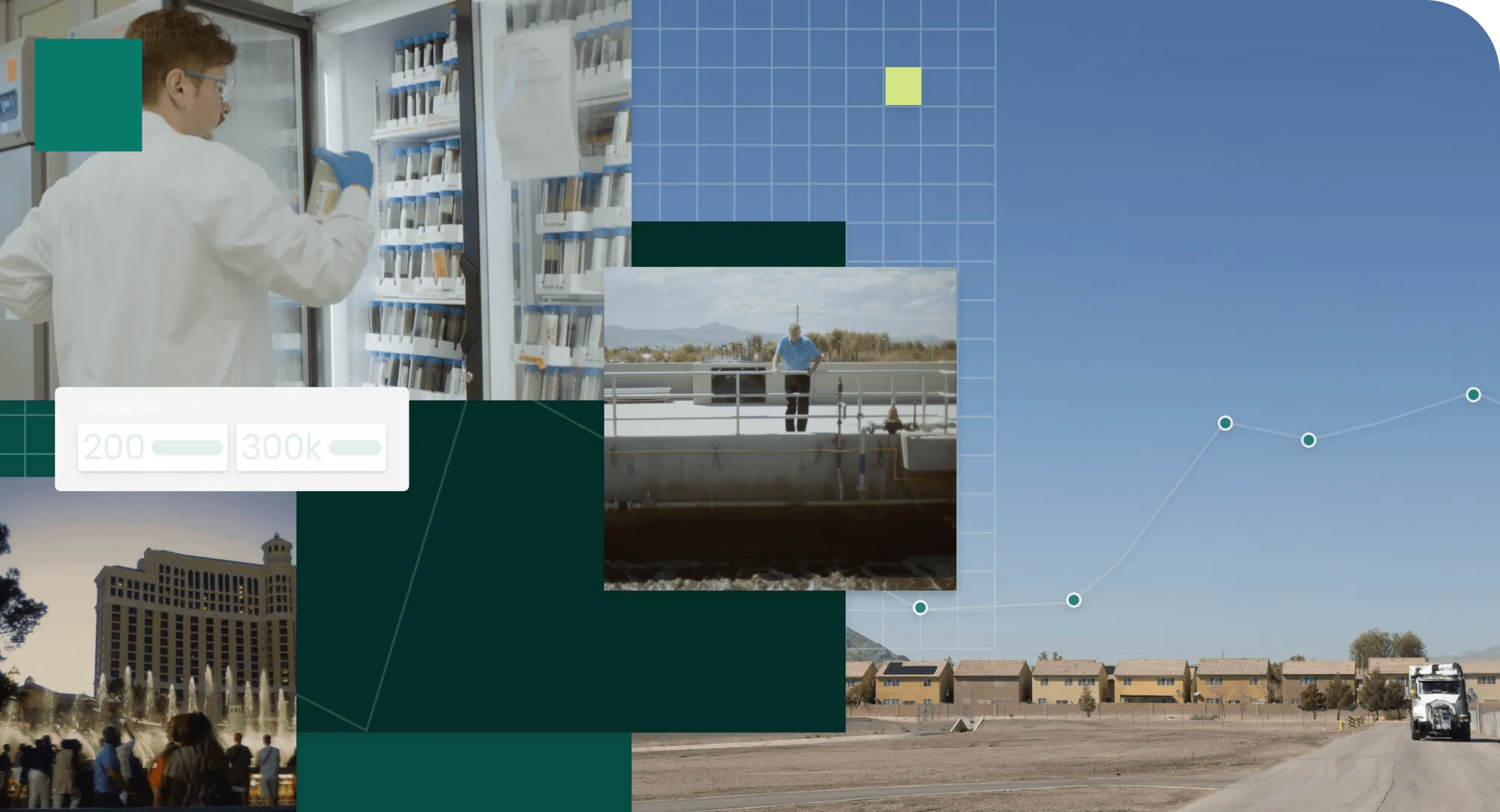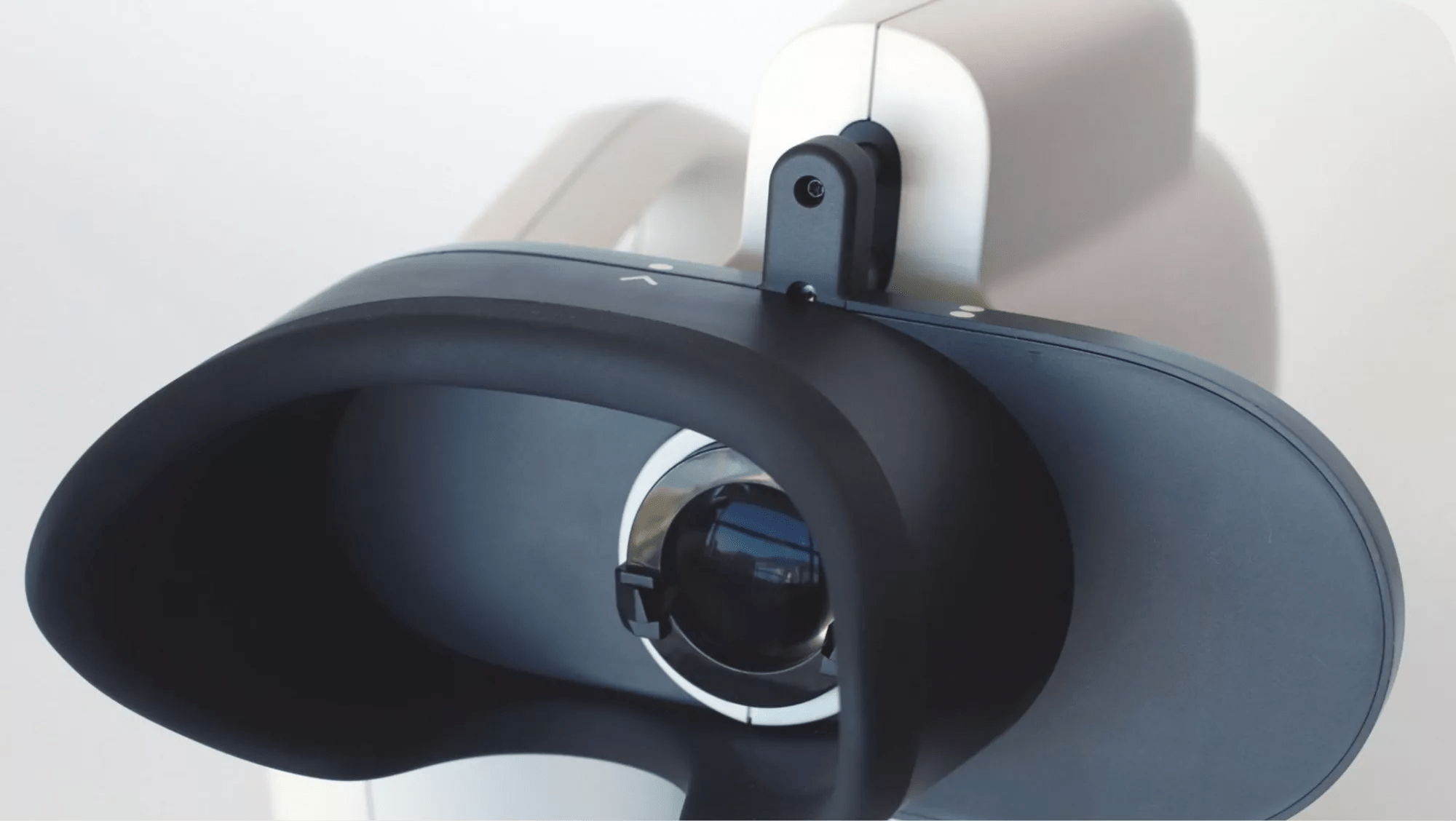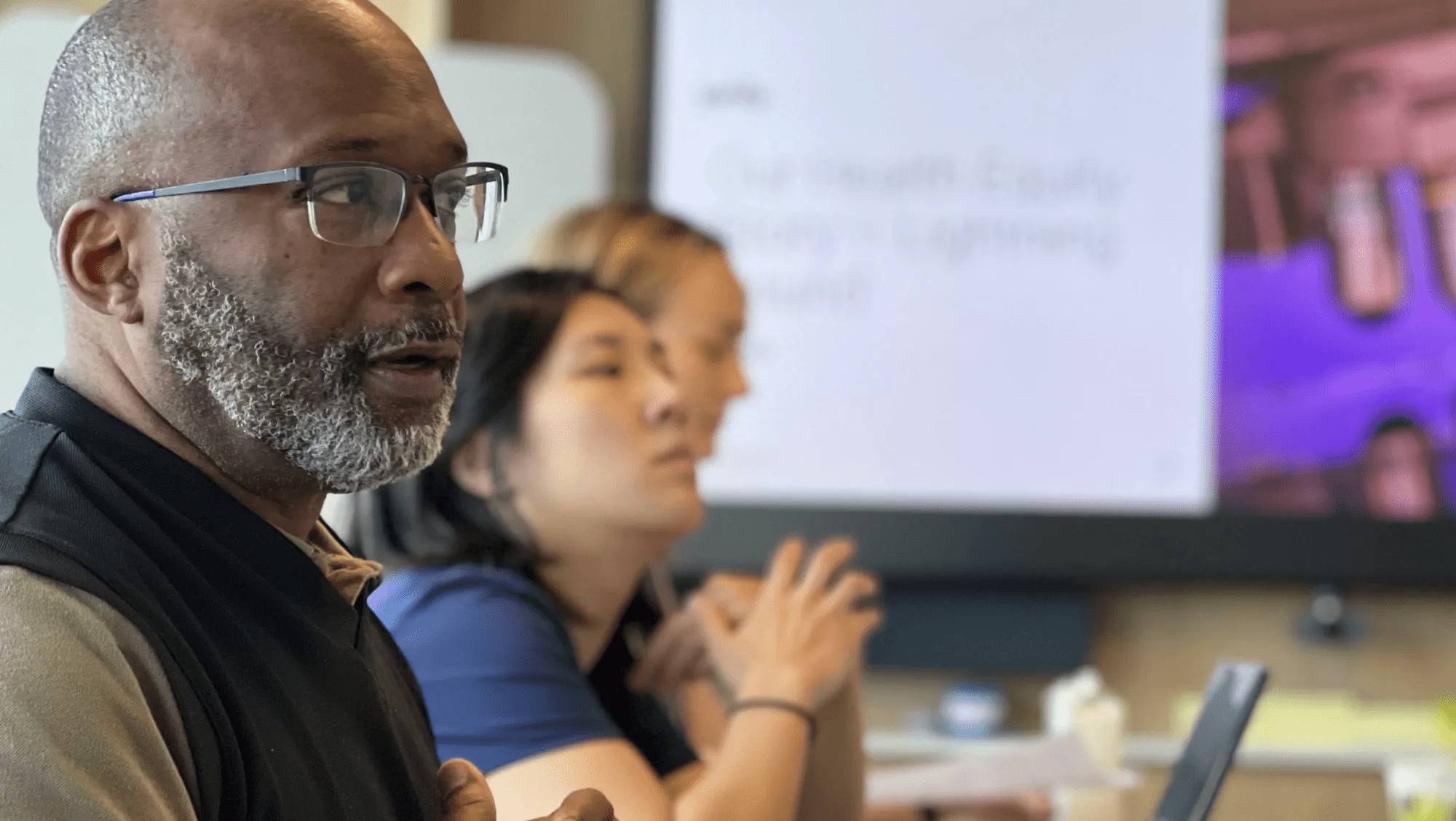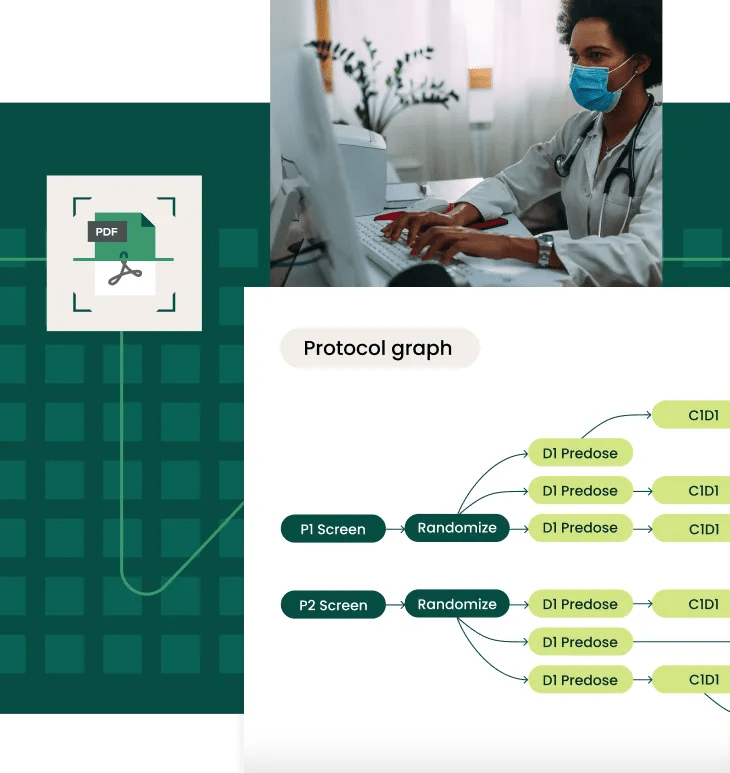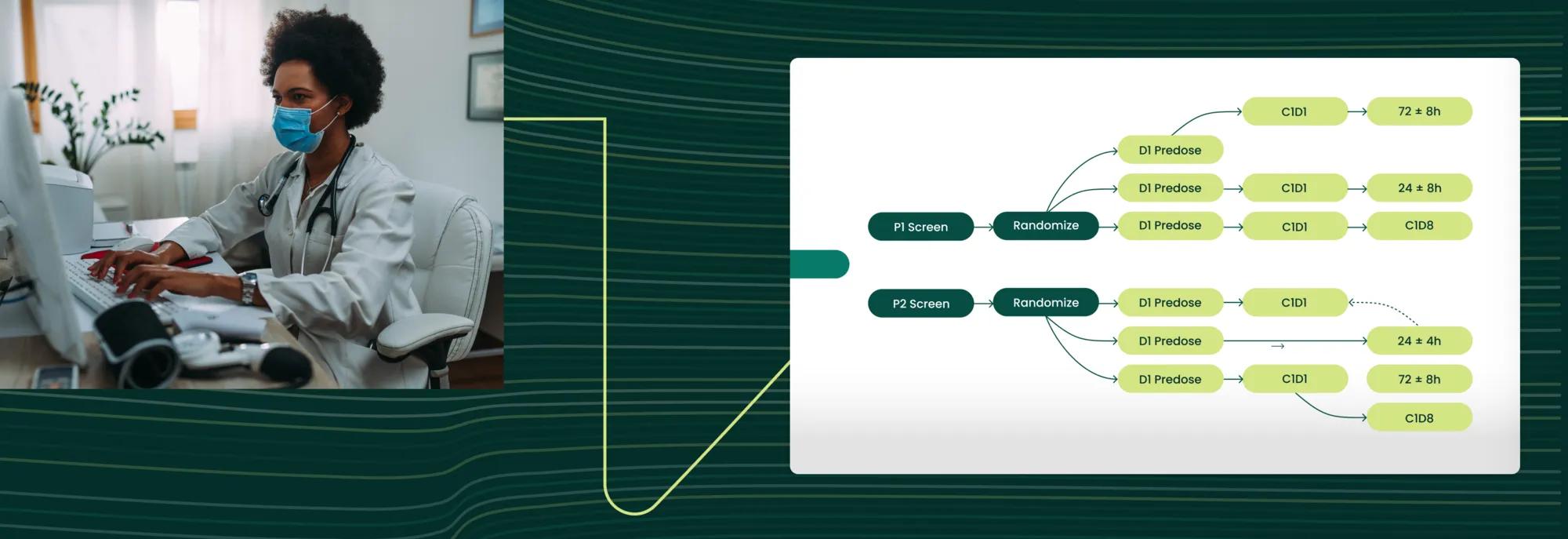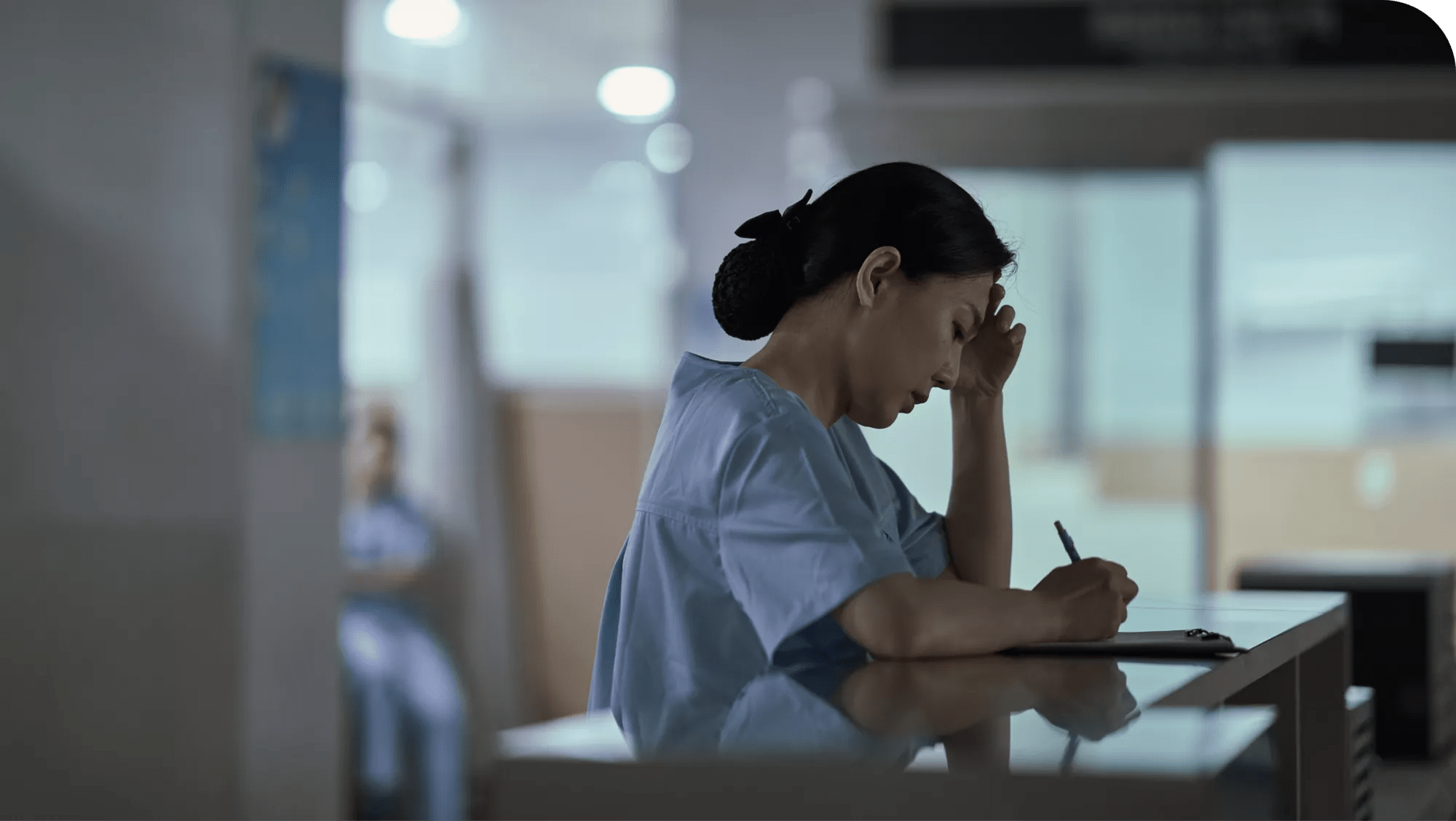Verily presents

Unlocking health data for every individual
N of 1 is a documentary series that highlights the promise of precision health to transform lives by harnessing diverse forms of health data and turning them into insights that lead to action — making healthcare more personal and precise.
EPISODE 1
A Watershed Moment
In this episode, the city of lights looks to a new innovation to help detect the presence of infectious disease: wastewater-based epidemiology. This innovation can measure pathogens in wastewater with almost real-time results, enabling quick action & prevention against the spread of diseases.
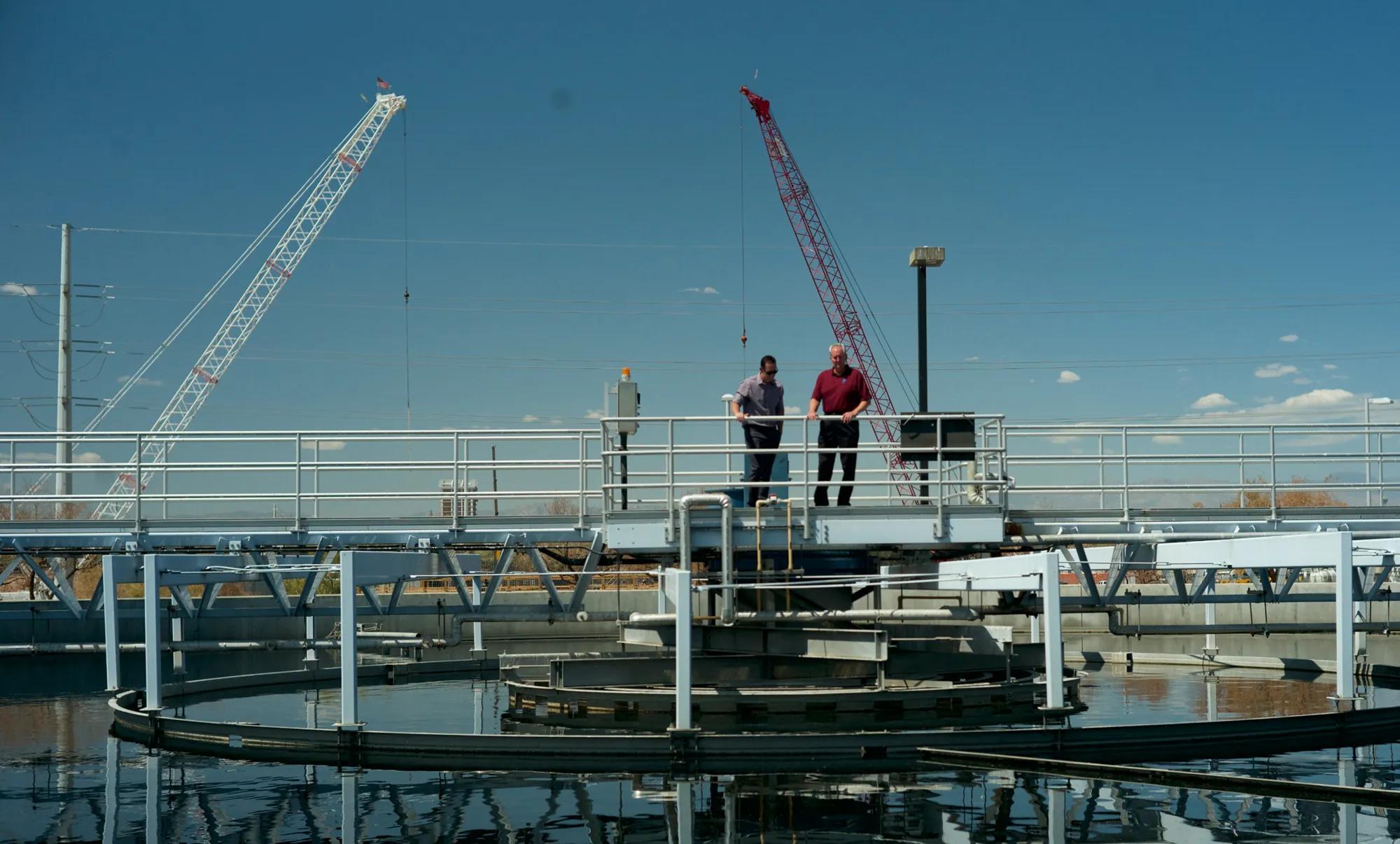



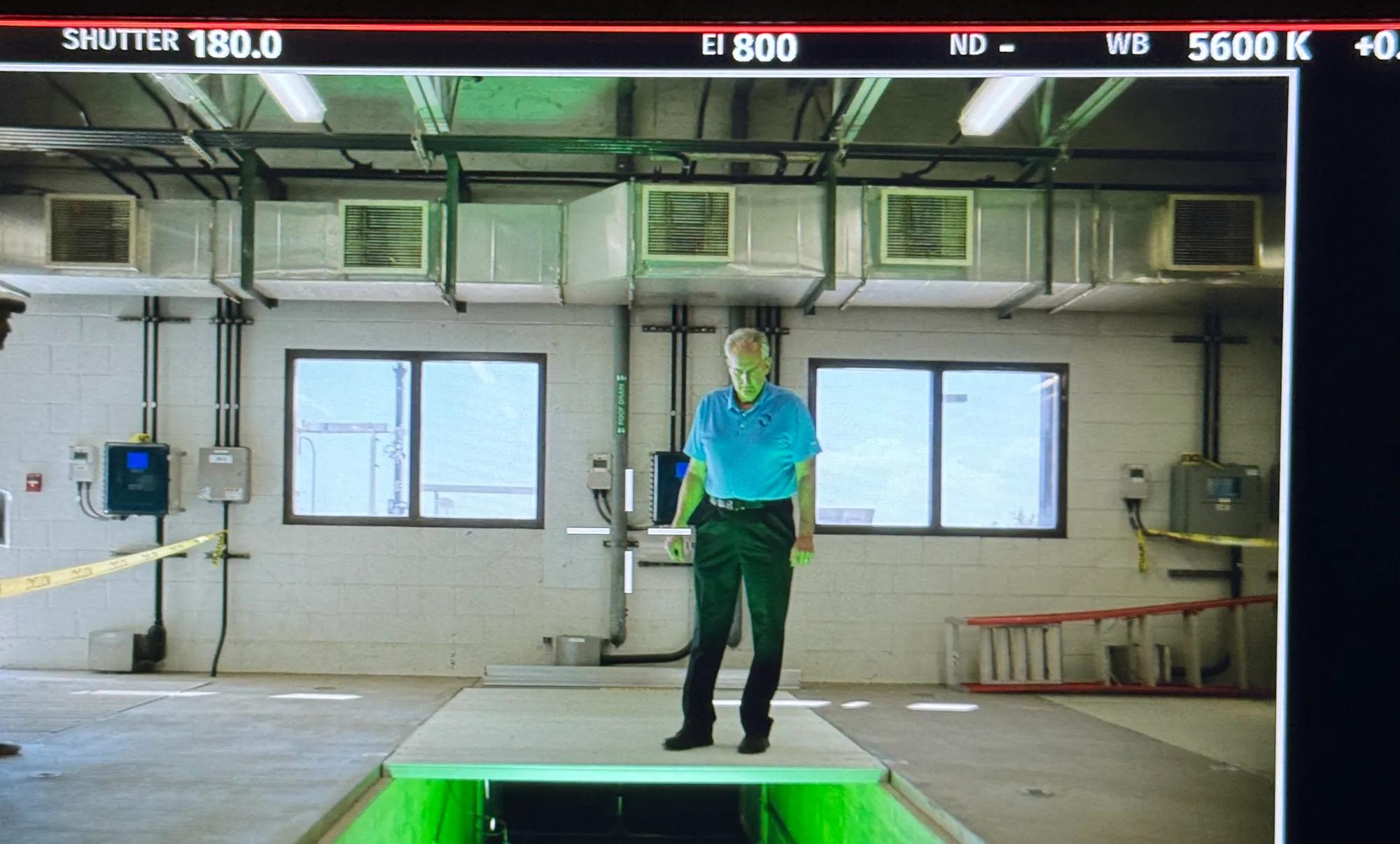

Turning water into wisdom
Clark County Reclamation
“Las Vegas is a wonderful place for wastewater monitoring, because not only do we have 2.5 million residents here in the Las Vegas Valley. On any given day we have 300,000 tourists, and wastewater is another way to contribute to the health and welfare of this community.
Our treatment facility processes over 115 million gallons of water daily, allowing us to see what’s going on in the Las Vegas Valley and the bustling Strip. We send our water samples to Verily and within 24 hrs get results about the levels of pathogens present in the wastewater. We can then share that information with our public health officials and they can take actions to keep our community safe. The local public health department has gained invaluable data that has aided in risk communication, intervention evaluation, resource allocation, and clinician education.”

An epidemiologist’s playground
Southern Nevada Water Authority
“I'm part of a larger R&D group that looks at emerging challenges in the water industry. When we started doing wastewater monitoring, what was crazy to me was how accurate it was. It was spot on. It’s truly a portal into what’s happening in the community.
With the results that we get from Verily, all the data is laid out, to be able to present it to our public health officials, so that they can understand what diseases might be out there, to keep that community safe and keep them healthy – without them having to do anything. It has proven to be an effective method for detecting the presence of various diseases circulating in a population, ranging from respiratory illnesses like SARS-CoV-2 and influenza to emerging threats such as mpox and hepatitis A.”

EPISODE 2
Eye on the Future
In this episode, we visit Donna Medical Clinic, in the Rio Grande Valley, where there is one of the highest rates of diabetes in the nation. Superior Health and Verily are bringing patient-centric retinal screenings to this Texas community for high quality imaging data to close gaps in access and care.
Closing gaps in care
Verily Numetric’s Retinal Service expands access to high quality retinal screenings — helping communities overcome barriers to care.
Verily’s principled approach to user -centric product design
Read blogAddressing demographic disparities in healthcare, by design
Read blogDiabetes care management outcomes backed by peer-reviewed research
Read blog

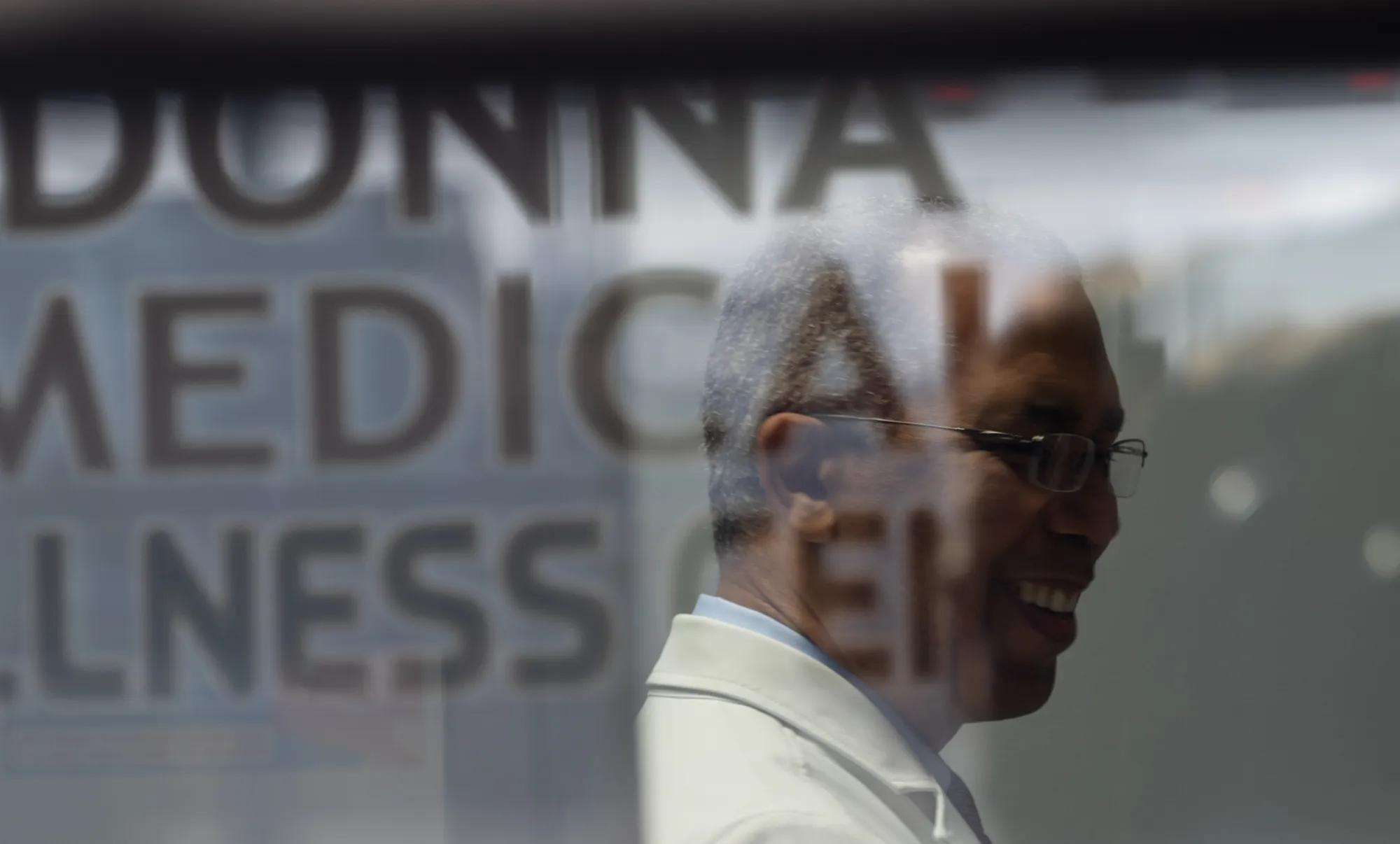
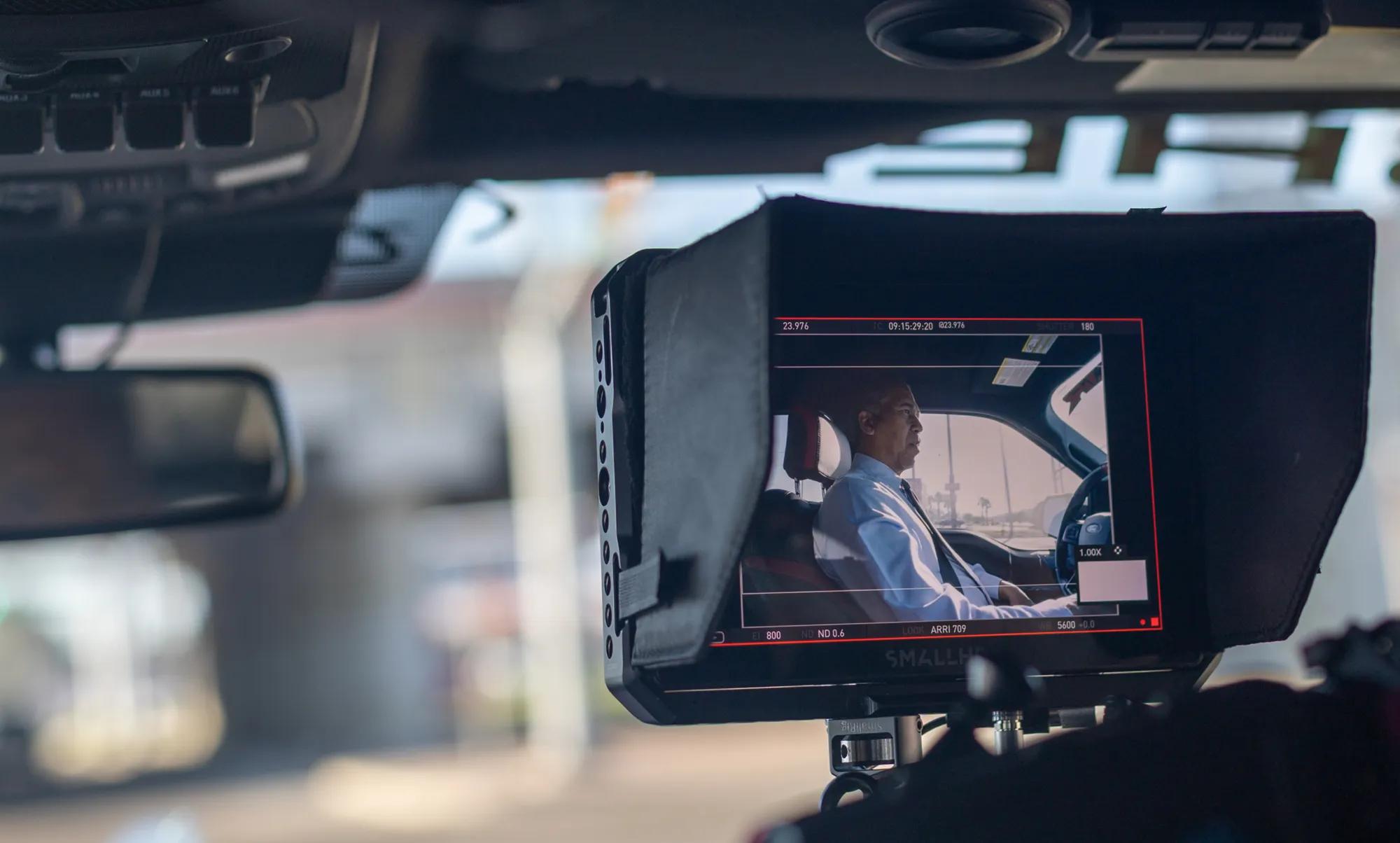
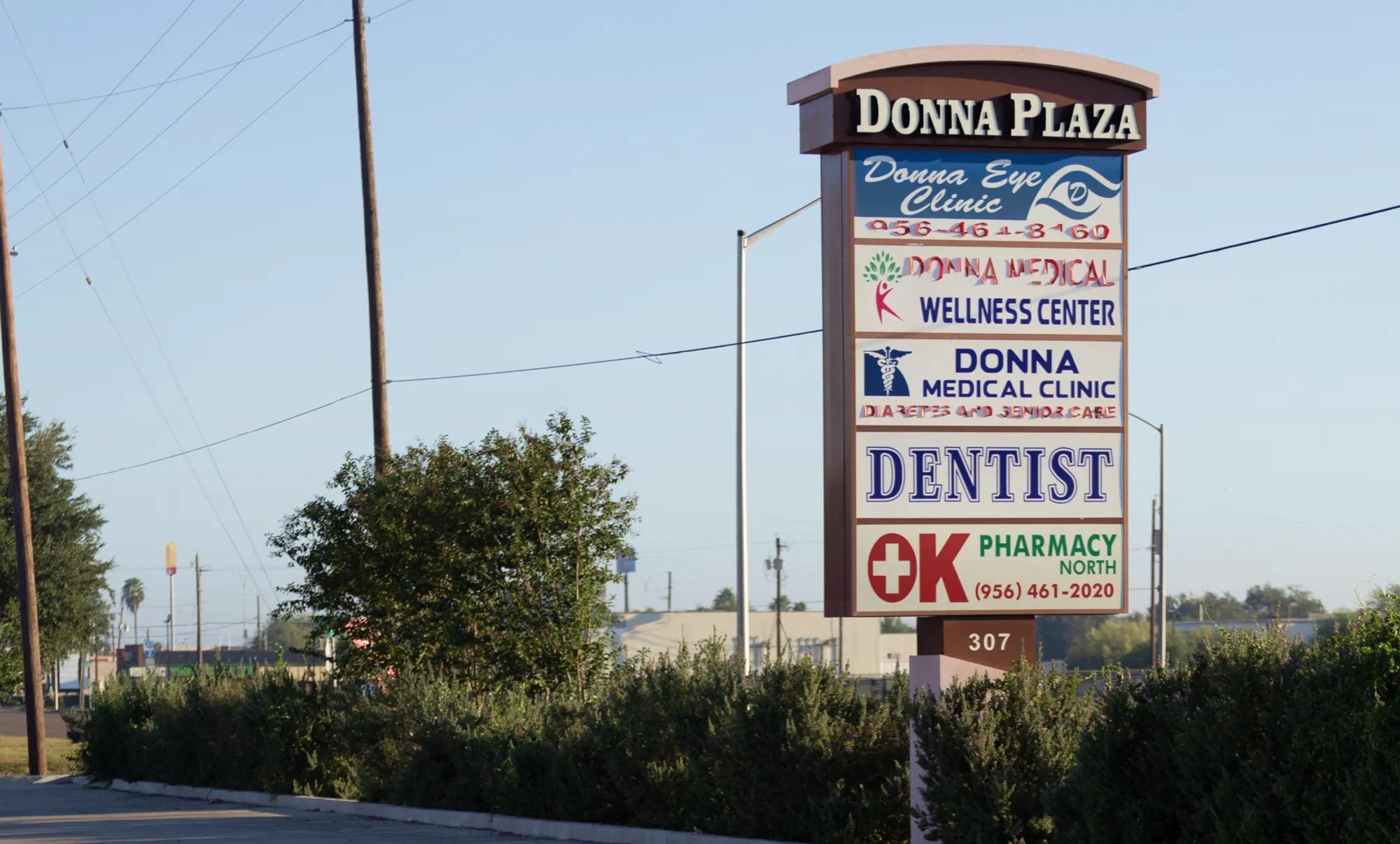
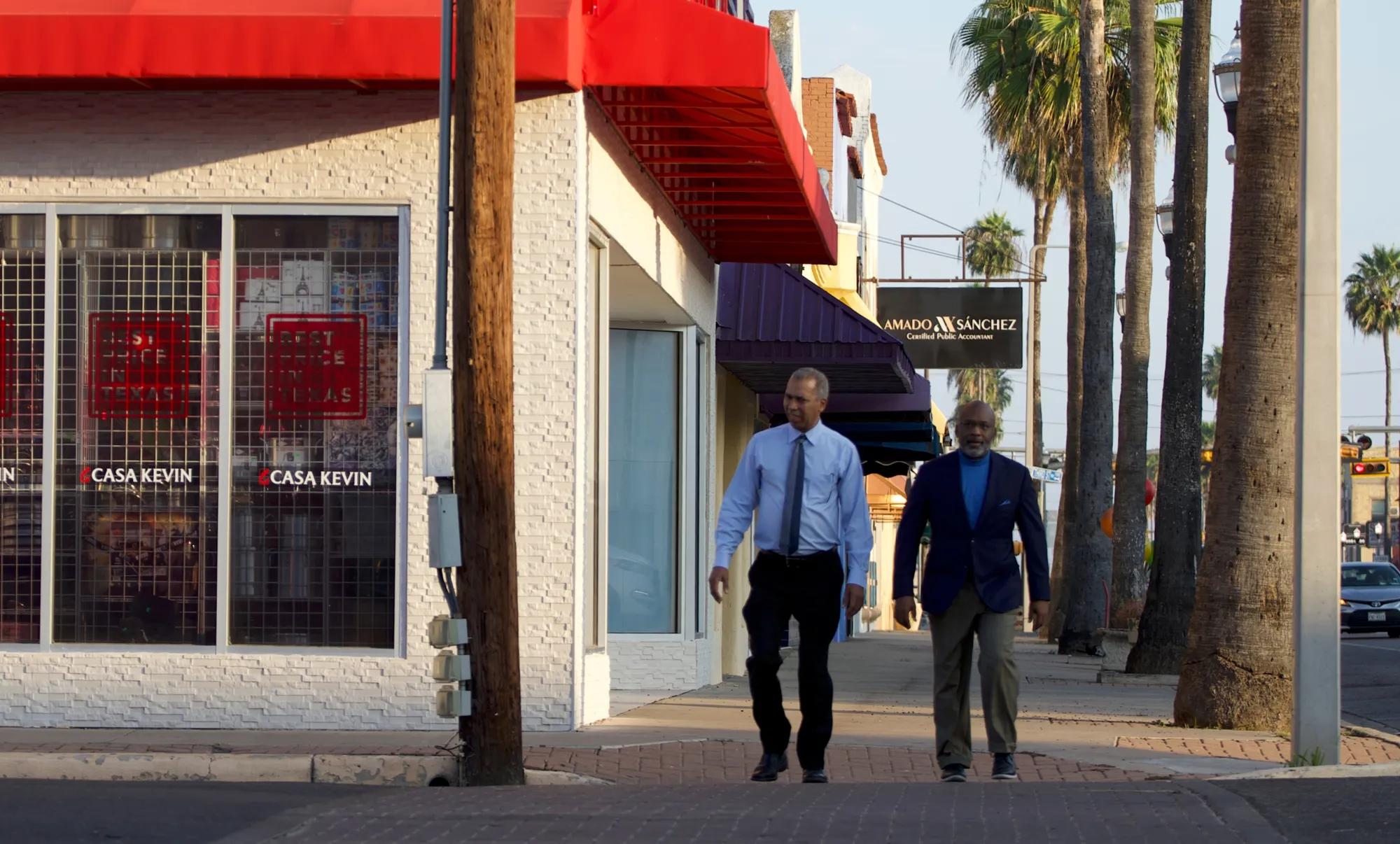
Empowering providers
Donna Medical Clinic
“As a primary care provider, we feel it is a great advantage to have the technology in-house because it not only helps us with the patients, but also helps us with the metrics for Medicaid and Medicare Advantage plans that are asking us to have eye exams for 100% of our patients. So we feel blessed that we have access so quickly with a device inside the office.
Many times patients don't have symptoms when it's an early stage of retinopathy. Sometimes patients are reluctant to get the exam done because they feel fine. Having the machine in the office — we can easily tell the patient, let's get it done, it's for your good! There’s no co-payment, there’s no waiting time. We’re detecting a lot of cases of early diabetic retinopathy that otherwise we would not.

Living with diabetes
“I’ve been living with diabetes for 13 years. As you're getting older, it just progresses and you have more problems. I got a test with Dr. Pena and I had a high A1C and he believed my vision might be affected so he ordered a screening right then. I think within 20 minutes he came in and he told me he was concerned because of what he had found on that test.
He showed me the images and it’s pretty clear where the veins are bleeding. I was diagnosed with diabetic retinopathy. It was clear that eventually this would cover my cornea and I could lose my vision. I don’t want that. I don’t want to lose my vision.

EPISODE 3
A New View on Research
In this episode, we see how using AI to digitize clinical trial protocol can transform the way research sites conduct research. These new tools not only streamline research processes and bring treatments to market faster — they help to preserve our most precious resource — time.
Transforming clinical research
Verily’s AI driven Digital Protocols drive faster, less costly trials, helping bring critical treatments to market sooner.
The Role of AI in Powering Digital Protocols
Read blogProtocol digitization – What exactly is this transformative CTMS feature?
Read blogSolving burnout and tech overload in clinical research
Read blog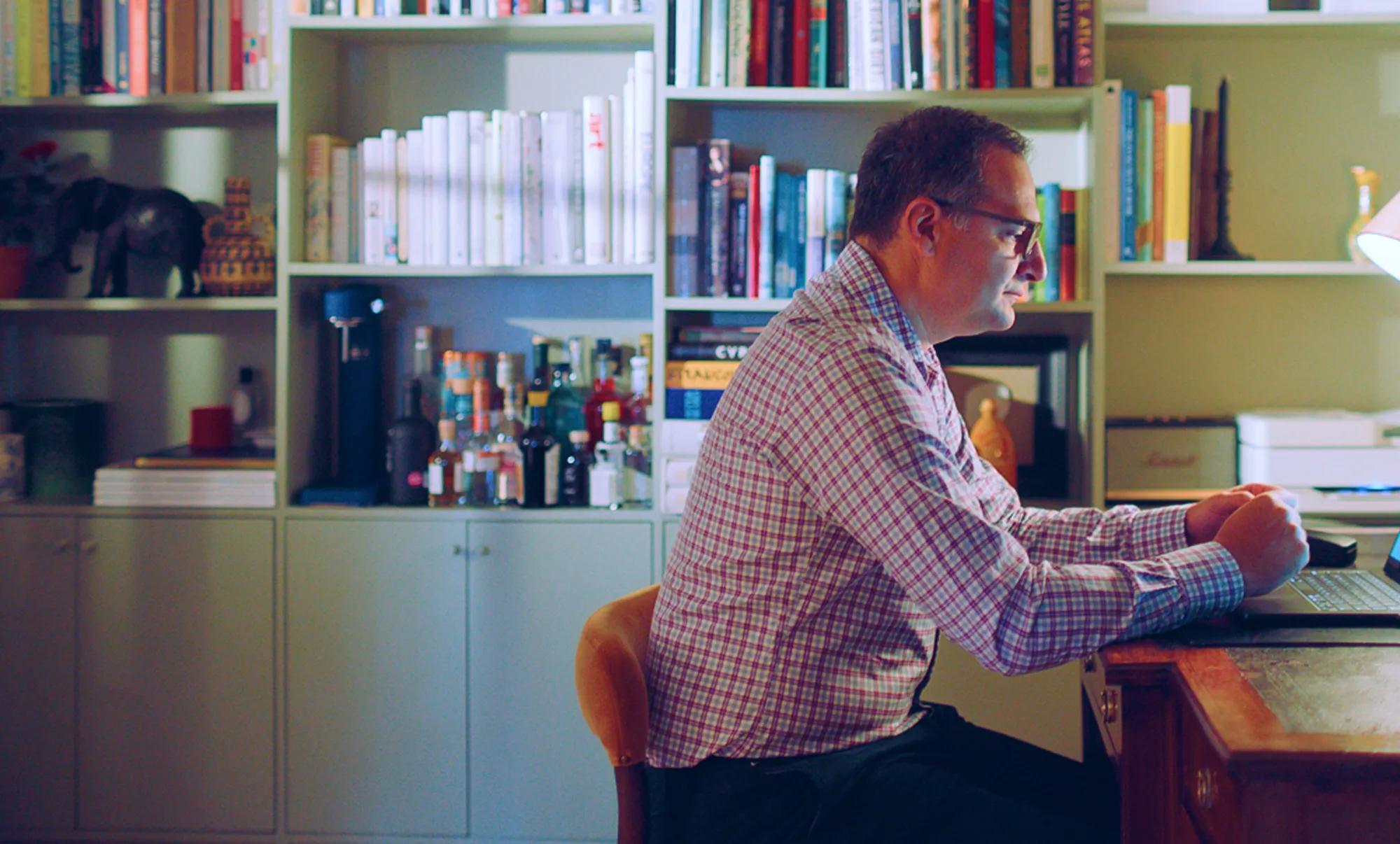
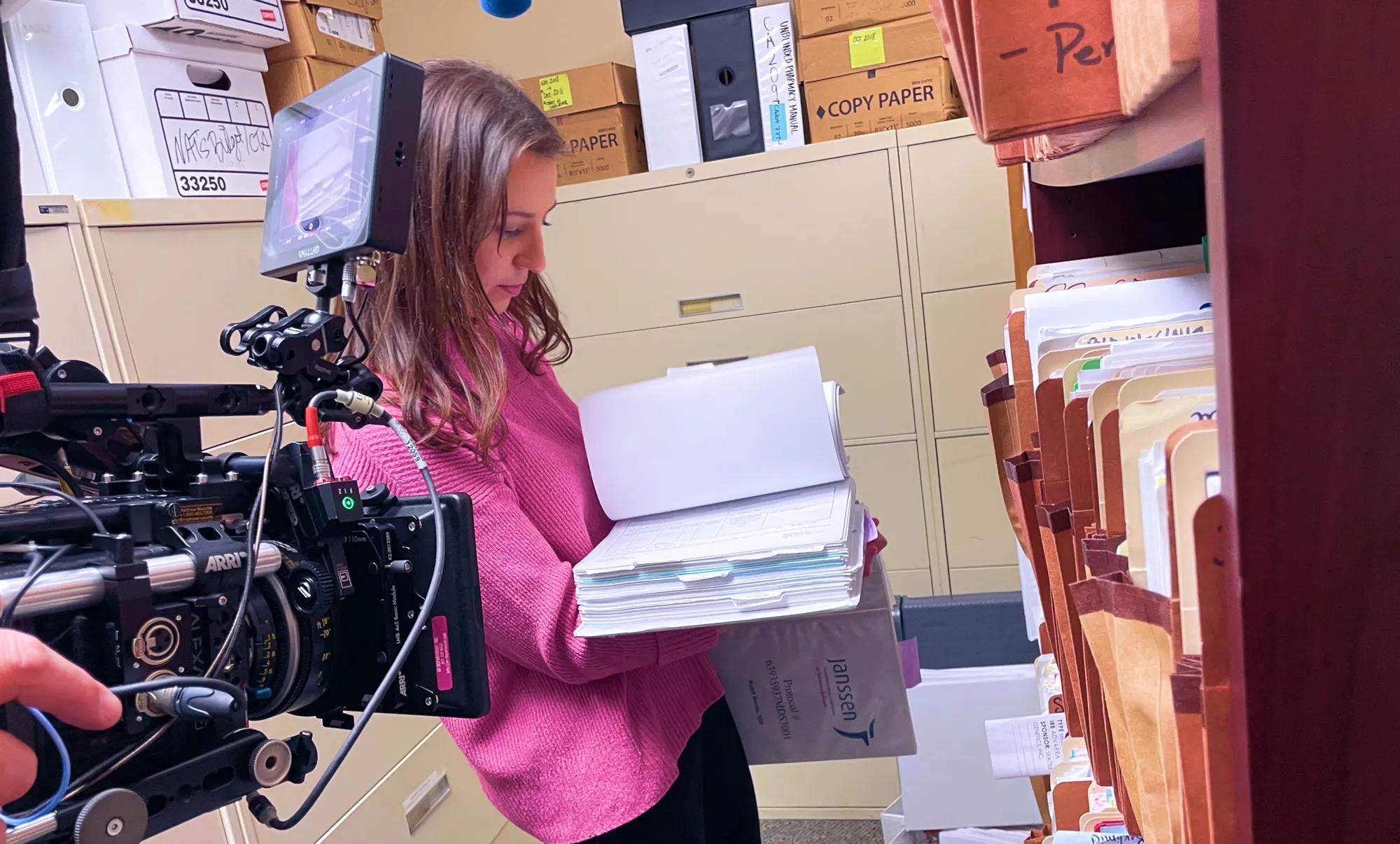
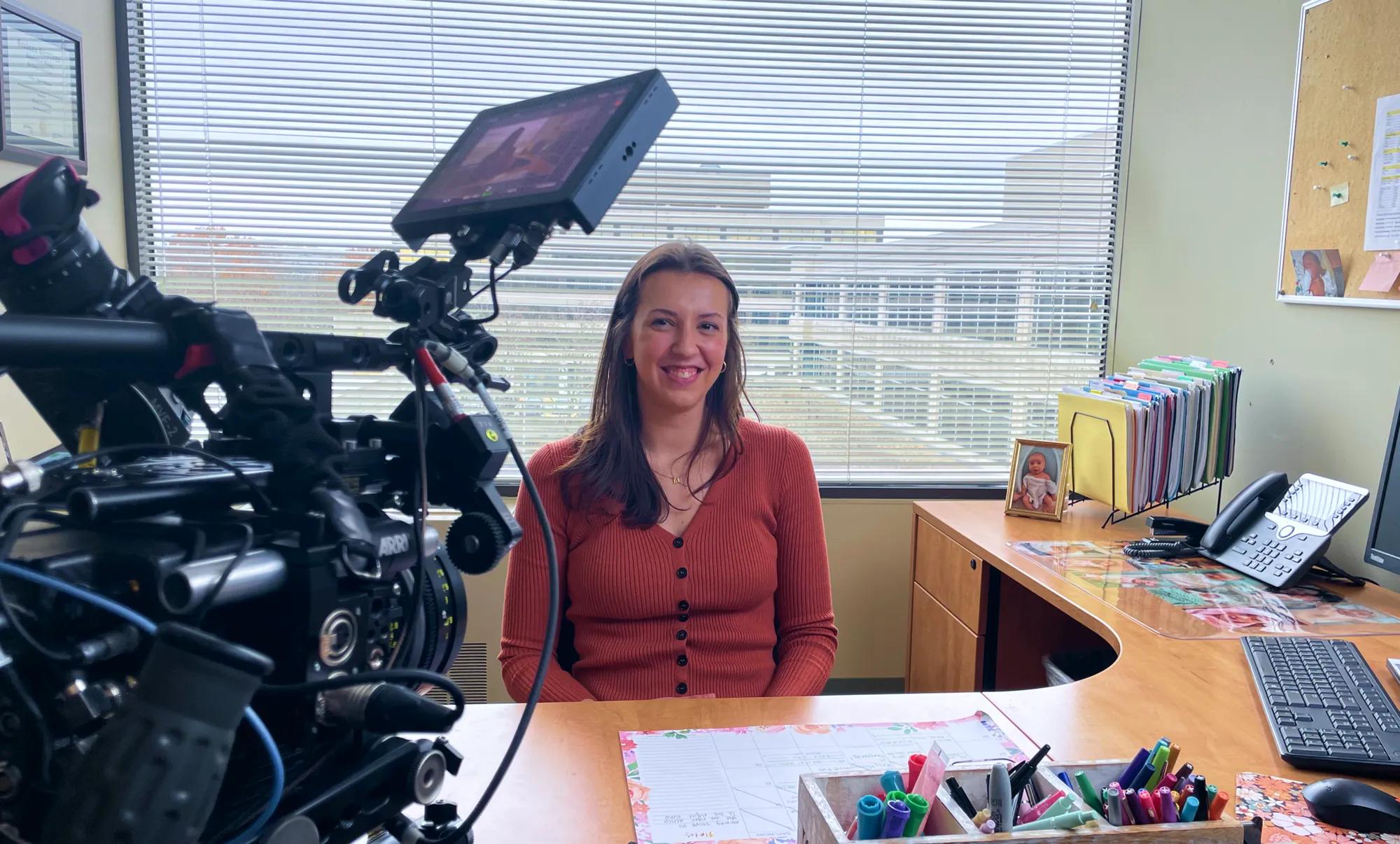
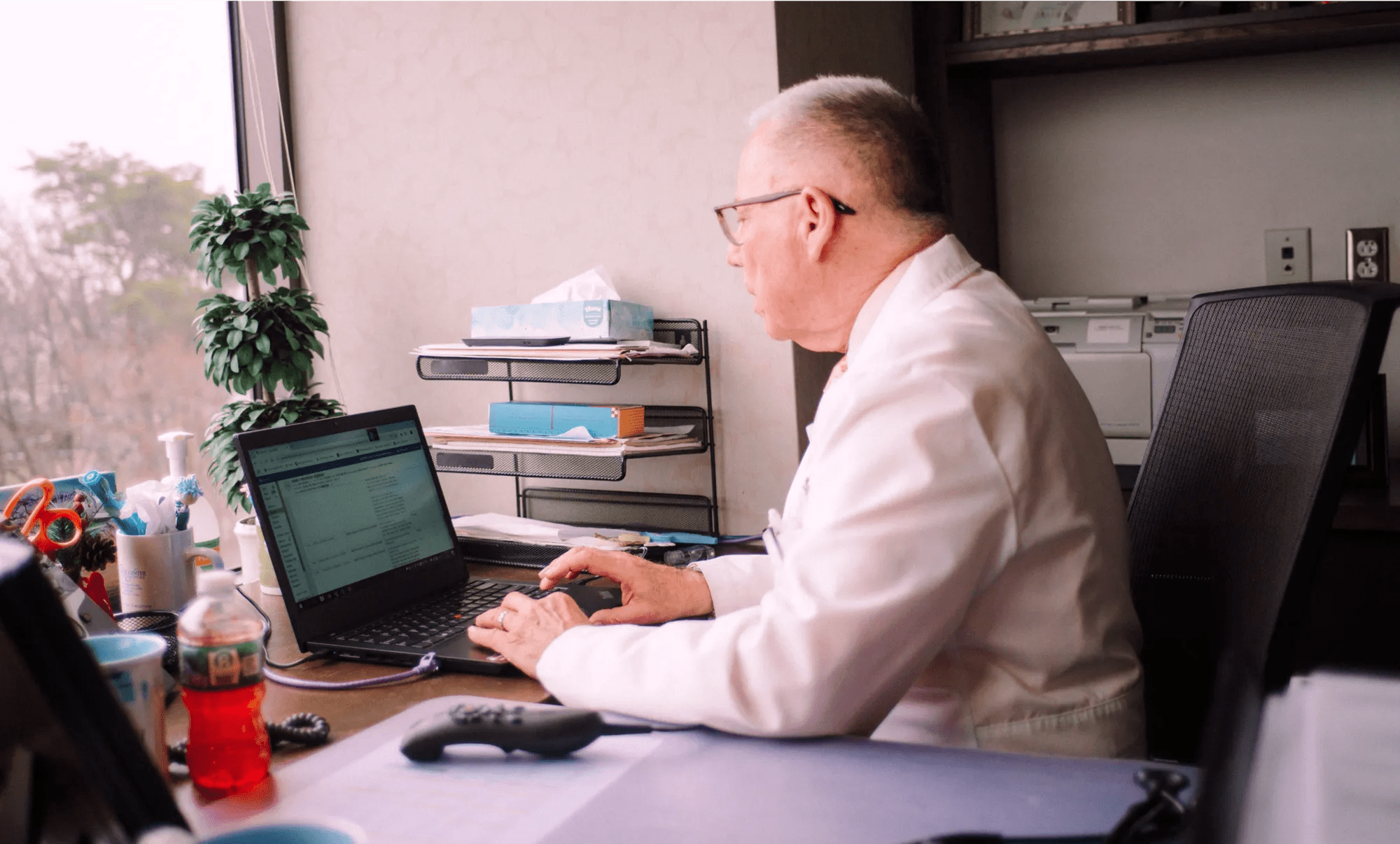
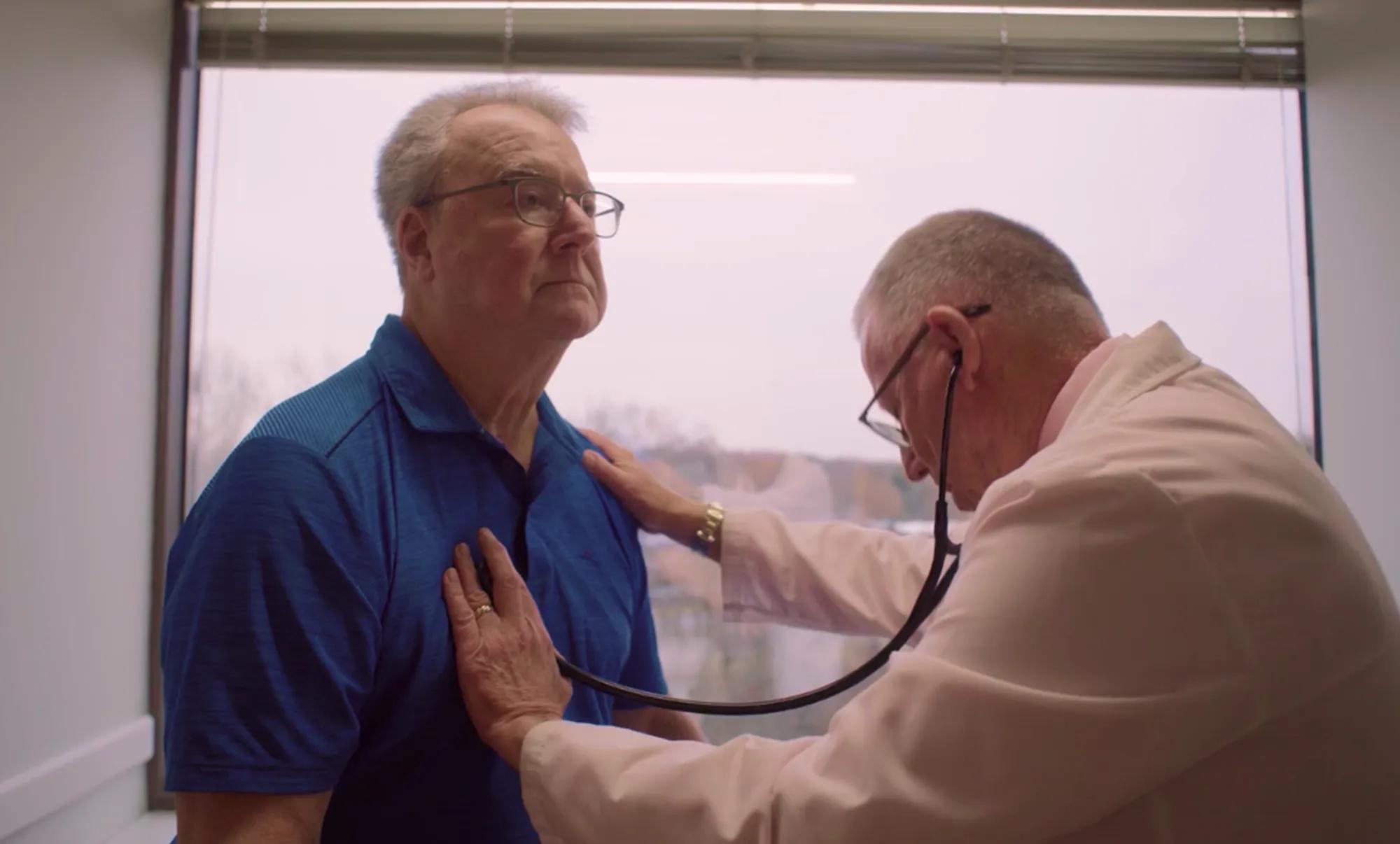
American Oncology Network
“When we get selected as a site, the sponsor will ship us out binders for everything. So we'll get this massive shipment of about 3 or 4 different binders. They have all of our protocols. Anybody who's touching any of our patients through the duration of our trial is going to be using this protocol, the pharmacy, for mixing all the medication, our nurses for infusing anything, any of the people, drawing all of our blood that all lives within this binder. So we cannot run our trial without this. Nobody can touch a patient without this.
We're starting to digitize all of our protocols. We're using Verily CTMS – instead of having all these papers here, the protocol is going to be actually uploaded into the system. So we can just easily reference all the data we need within that system without having to come through these binders, through these folders and go page by page and look for things like that.”
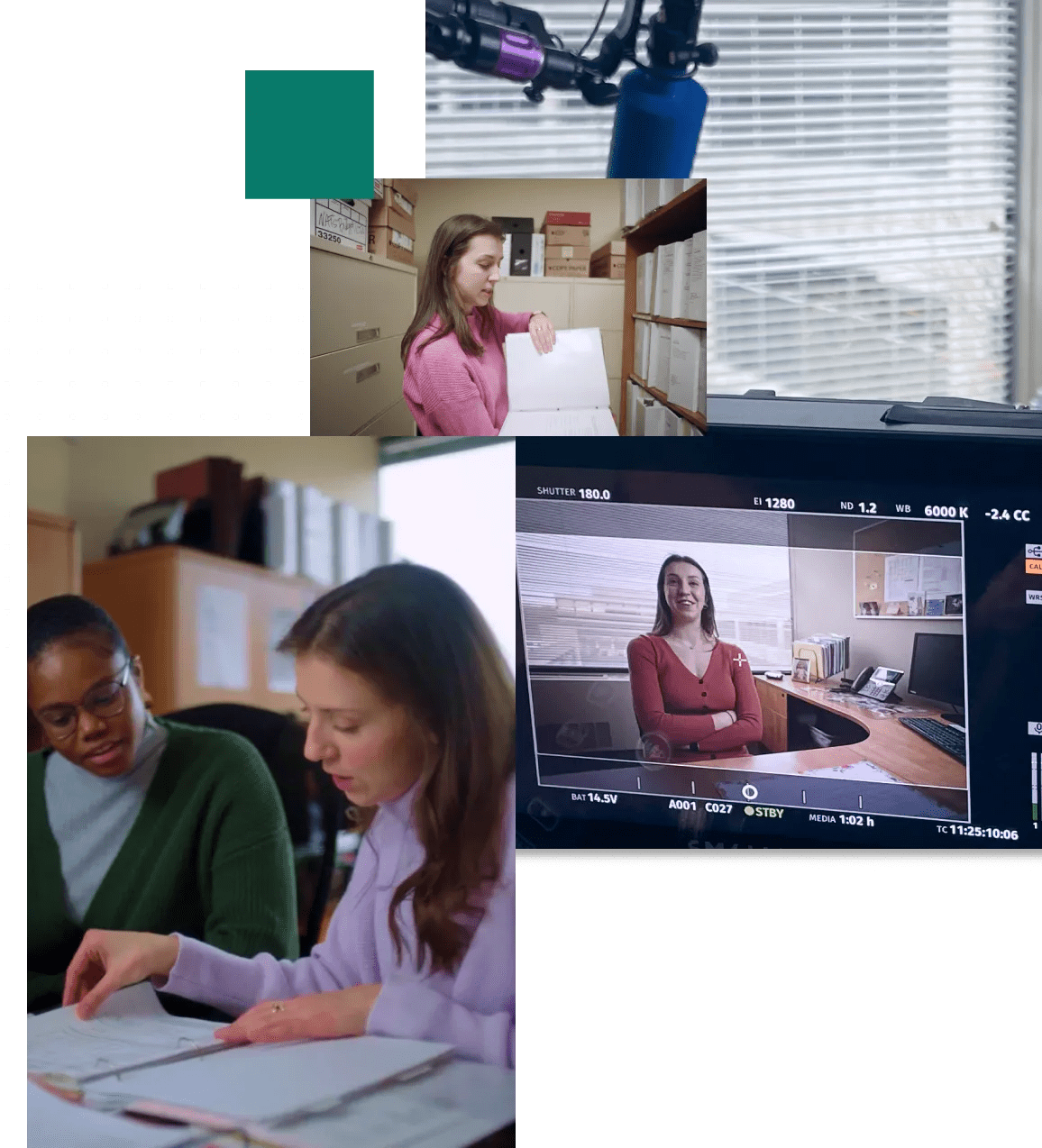
Living with multiple myeloma
When I was referred to Dr. Boccia by my primary care physician. He came in with the results of a CAT scan that I'd had, and he did confirm that it was, in fact, multiple myeloma. You know when somebody hits you with that, it's, you just sort of freeze. It shakes you up a little bit when you get that cancer diagnosis. Like, what does this all mean? And I was told by people that I know, get into a clinical trial as soon as you can.
Everything that Dr. Boccia has done for me has maintained my quality of life. I can walk to work, I can exercise, I can still play golf, and so I feel very fortunate about that.
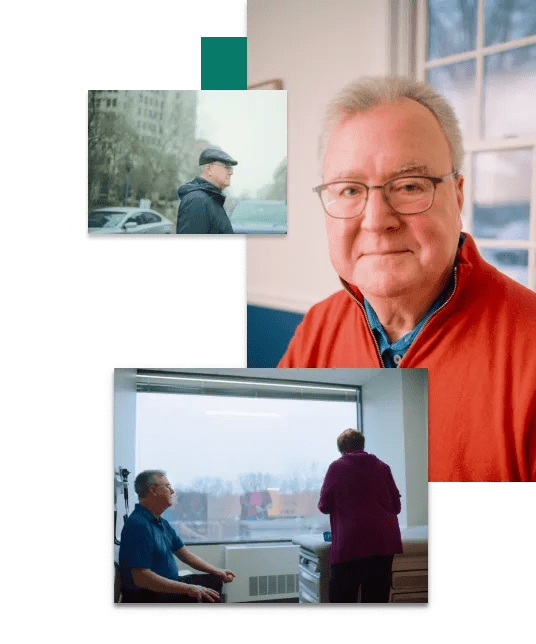
Stay in touch
We’ll send you an email when the newest N of 1 episode is ready to watch.
About
1 American Society of Civil Engineers. A Comprehensive Assessment of America's Infrastructure. 2025 Report card for America's infrastructure. Published online. infrastructurereportcard.org/cat-item/wastewater-infrastructure
2 Lundeen E., Burke-Conte Z. Rein D., et al, Prevalence of Diabetic Retinopathy in the US in 2021, JAMA Ophthalmology, Published online June 16, 2023.
3 Shetty, A. (2024, March 5). Four-Steps to Accelerate Study Start-up Cycles. appliedclinicaltrialsonline.com.
*Compared to a baseline digitization process prior to the implementation of AI. Results seen at a Viewpoint Site CTMS client.


